As lifestyles evolve and homes become more efficient, certain once-common rooms have quietly vanished from modern floor plans. The formal spaces and task-specific rooms that once defined American homes are being replaced by open-concept layouts, multifunctional areas, and smart tech integrations. Today’s homeowners are looking for practicality, flexibility, and modern comfort—trading in tradition for utility and style. Here’s a look at 12 rooms that have fallen out of fashion—and the new spaces that have taken their place.
1. Library → Media Room or Digital Workspace

The traditional home library, once a sign of refinement and intellectual status, has largely vanished from modern home designs. As physical books become more of a niche interest in the digital age, fewer homeowners see the need to dedicate an entire room to their collection. E-readers, audiobooks, and online resources have made it easier than ever to access literature and reference materials without needing shelves upon shelves of hardcovers and paperbacks. In addition, as homes shrink in square footage or prioritize multifunctional layouts, single-purpose rooms like libraries are often seen as impractical, notes Mansion Global.
In place of the traditional library, many homeowners are opting for media rooms or digital workspaces that better suit contemporary lifestyles. These updated rooms are often outfitted with large screens for streaming, built-in speakers for immersive audio, and charging stations for laptops and tablets. Families may use these spaces for movie nights, gaming, virtual meetings, or even remote learning. Shelving that once held books now often houses devices, gaming consoles, or tasteful décor.
2. The Butler’s Pantry → Walk-In Pantry
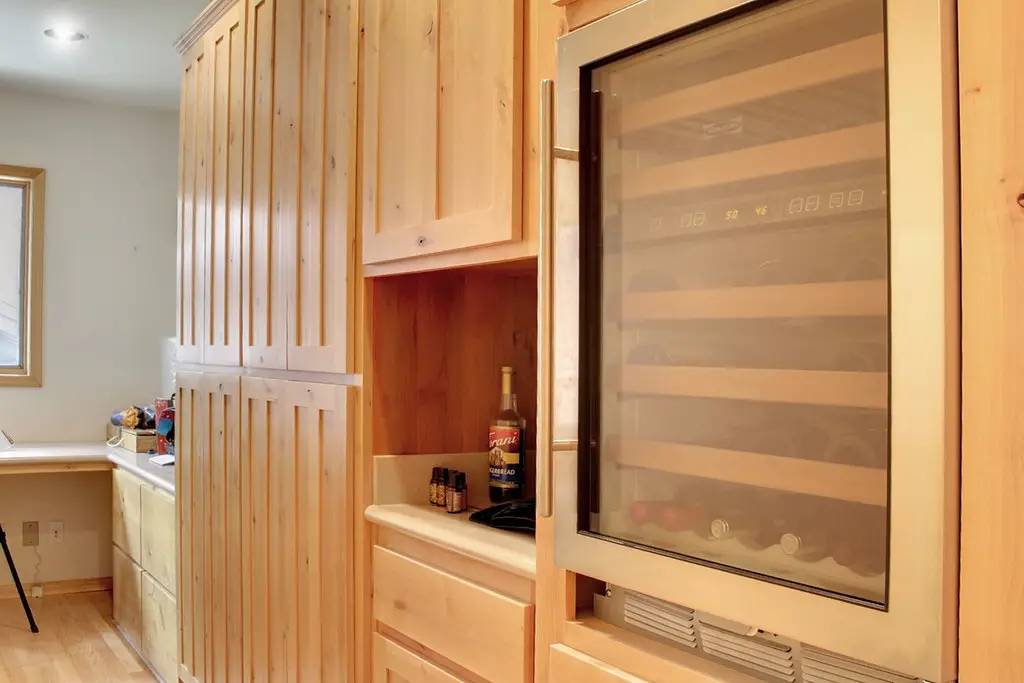
Butler’s pantries once bridged the gap between kitchen and dining room, providing storage and a prep area for serving. According to Better Homes & Gardens, these rooms are mostly a thing of the past, now replaced by more functional walk-in pantries. Modern pantries provide better access to bulk storage and align more closely with how people cook today. They’re less about staging fine china and more about convenience.
In newer builds, you’ll often see a walk-in pantry paired with a large kitchen island instead. These spaces prioritize accessibility and efficiency while still offering room for food prep and organization. The idea of a separate room for behind-the-scenes service has fallen away as kitchen design has become a focal point of the home. It’s all about merging form and function in one central space.
3. The Formal Dining Room → Eat-In Kitchen
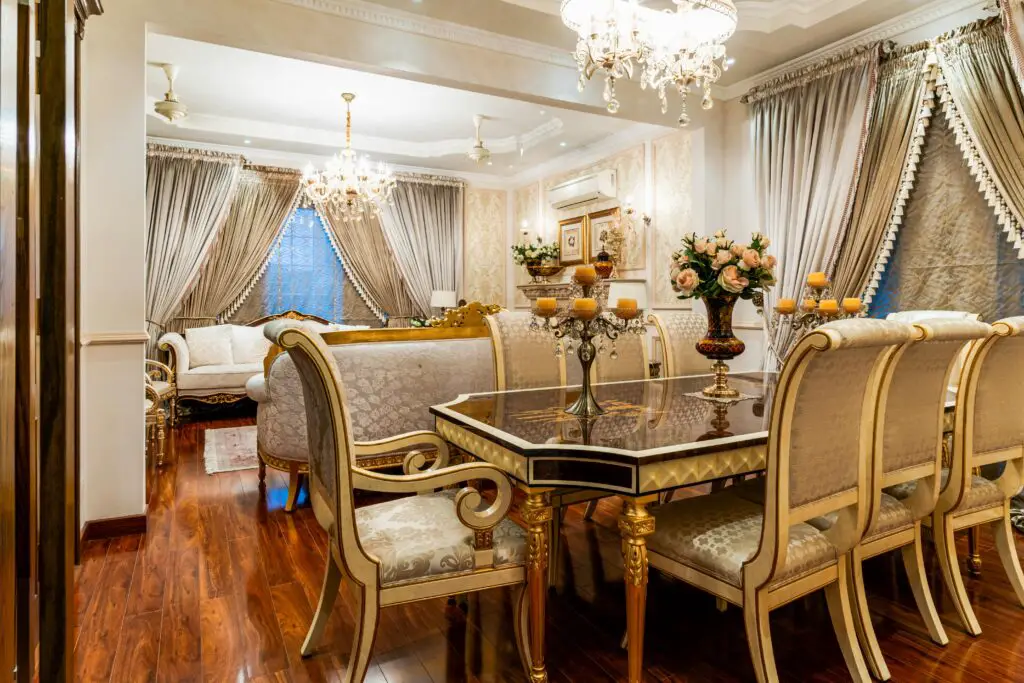
Formal dining rooms are still found in some traditional homes, but more often than not, they’ve been replaced by eat-in kitchens or cozy breakfast nooks. As Realtor.com points out, homeowners today are choosing informal layouts that suit everyday living rather than special occasions. An eat-in kitchen lets families stay connected while preparing and enjoying meals. It’s more relaxed, and it makes better use of limited square footage.
In smaller homes especially, a dedicated dining room can feel like wasted space. By combining eating and cooking areas, families can save time and keep conversation flowing. Open layouts also make it easier to entertain casually without shuffling between rooms. The result is a warmer, more functional atmosphere that feels less staged and more like home.
4. The Music Room → Multipurpose Creative Spaces
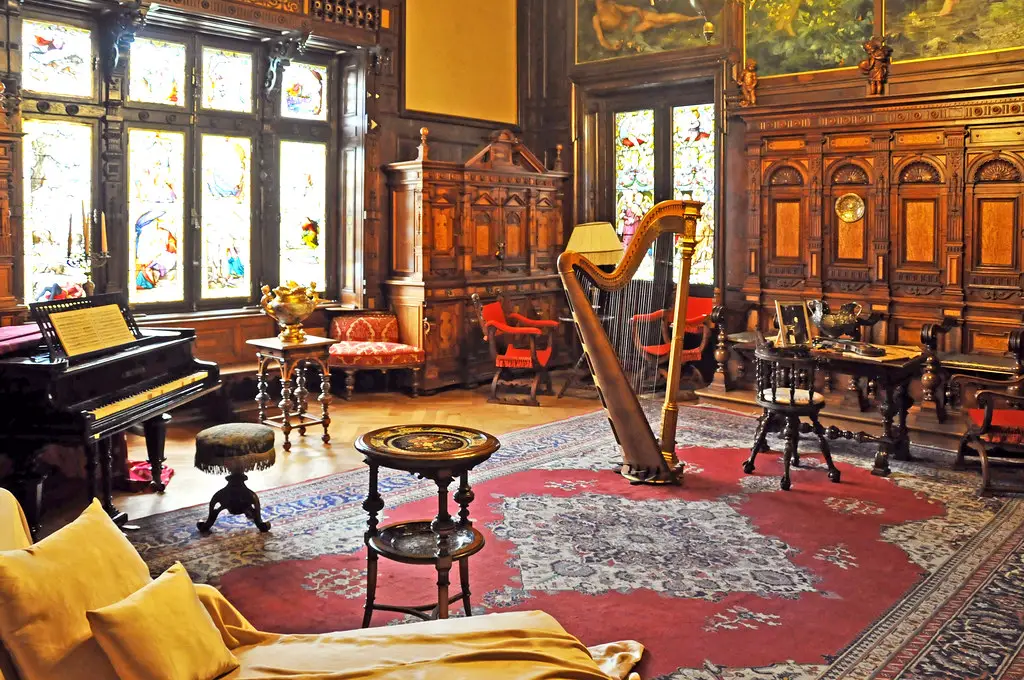
Music rooms were once popular with upper-middle-class families who showcased pianos and other instruments. But as Robb Report notes, modern homes are trading these rooms for multi-use creative spaces or digital media corners. With streaming services and compact audio gear, there’s less need for a dedicated room. Plus, flexible home design means one space often serves multiple hobbies now.
Instead of a full music room, many homeowners set up small recording nooks or corners with soundproofing. Others use extra bedrooms or bonus rooms for both music and other activities like gaming or crafting. It reflects a broader trend toward versatility—one room doing the job of many. The charm of a music room hasn’t disappeared, but its footprint definitely has.
5. The Parlor → Open-Concept Living Rooms
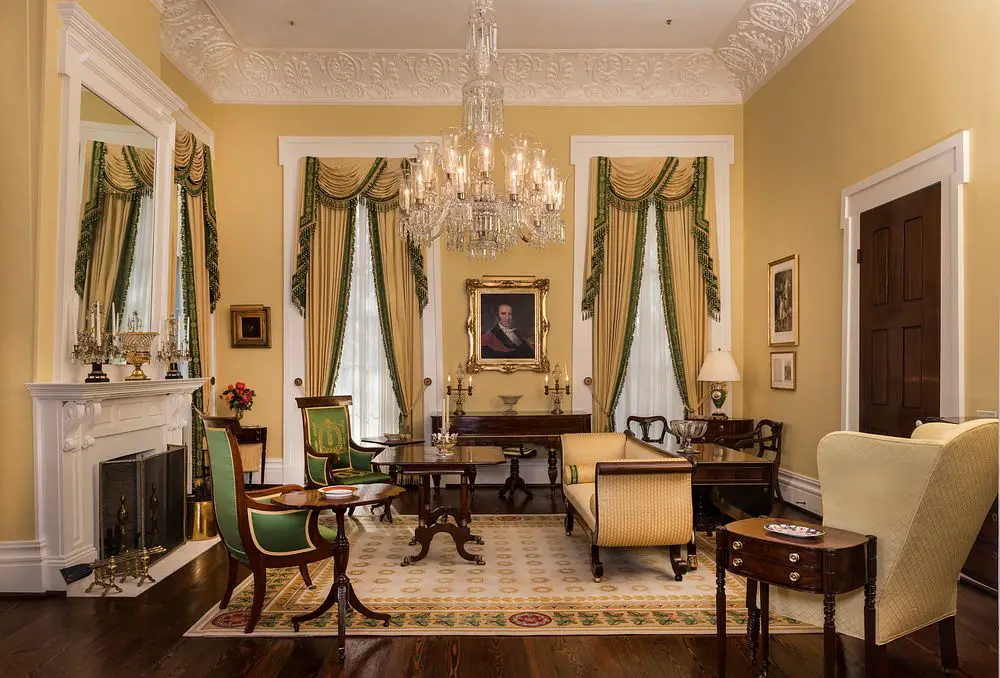
The parlor was once a status symbol—a quiet, formal space meant for entertaining guests. But as Better Homes & Gardens notes, today’s homeowners value open floor plans that make the home feel more social and expansive. The modern open-concept living room eliminates the need for a separate parlor by blending comfort, functionality, and togetherness. People prefer to entertain in spaces that are as lived-in as they are welcoming.
Modern living rooms now flow seamlessly into dining areas and kitchens, making it easier to entertain without feeling boxed in. This also maximizes space in smaller homes, reducing the need for extra rooms that only serve one purpose. Families today want versatility over formality, and the open-concept layout delivers that. It turns the whole main floor into a cohesive living and gathering space.
6. The Sewing Room → Home Office
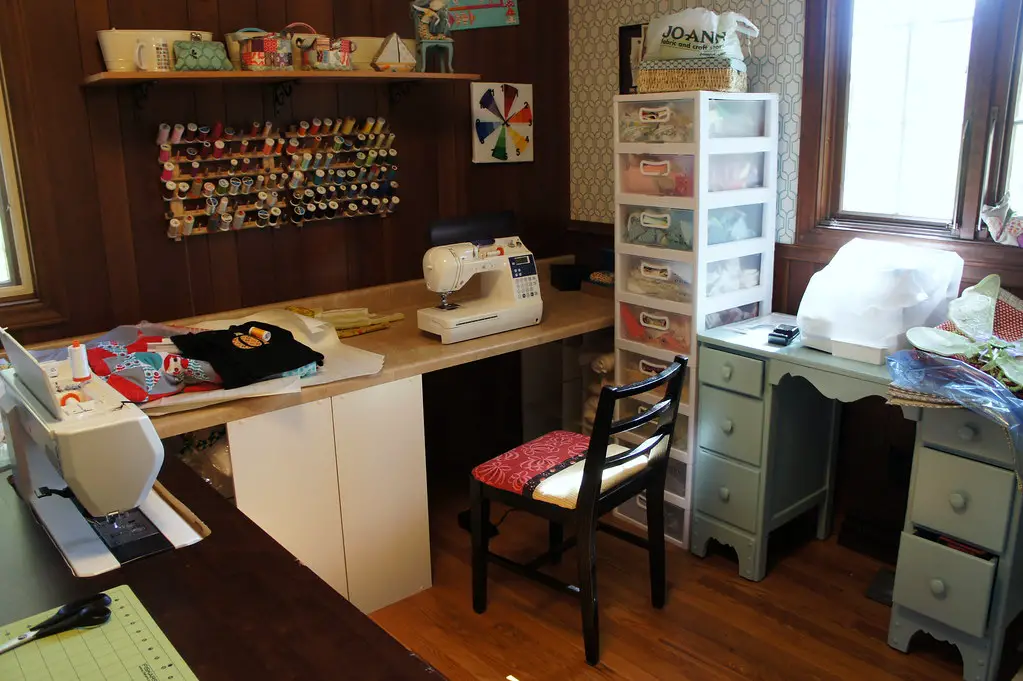
Sewing rooms used to be essential for households where clothing repairs and homemade items were the norm. Now, most people rely on ready-made clothing and only sew occasionally, if at all. Those rooms have been repurposed into home offices, which are in much higher demand. With more people working remotely, a dedicated workspace is far more practical than a sewing haven.
Even in homes where crafting still happens, it’s often relegated to a small corner or closet. Meanwhile, home offices are now designed with built-ins, soundproofing, and ample natural light. They’re also wired for internet connectivity and video conferencing. The evolution reflects not just personal habits but broader societal shifts toward tech-heavy lifestyles.
7. The Smoking Room → Outdoor Lounges
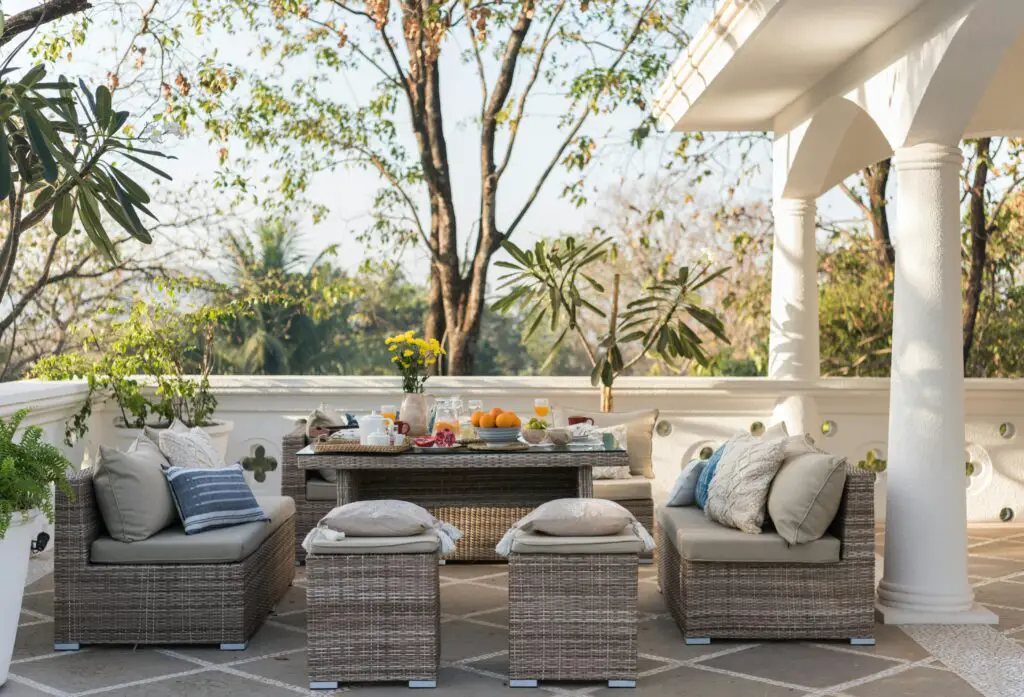
Dedicated smoking rooms once served as adult sanctuaries filled with cigars, pipes, and brandy. These rooms have all but vanished, partly due to changing health norms and partly because outdoor living has become more appealing. Now, covered patios, decks, and fire pit areas serve the same purpose—with much better ventilation. Socializing has shifted outside, especially when it comes to smoke.
Modern outdoor spaces often include seating, lighting, and even TVs or sound systems. They offer a place to unwind without taking up valuable indoor square footage. Smoking isn’t as socially central as it used to be, so entire rooms devoted to it feel outdated. Still, the desire for a chill-out space remains—it just lives outside now.
8. The Root Cellar → Kitchen Storage
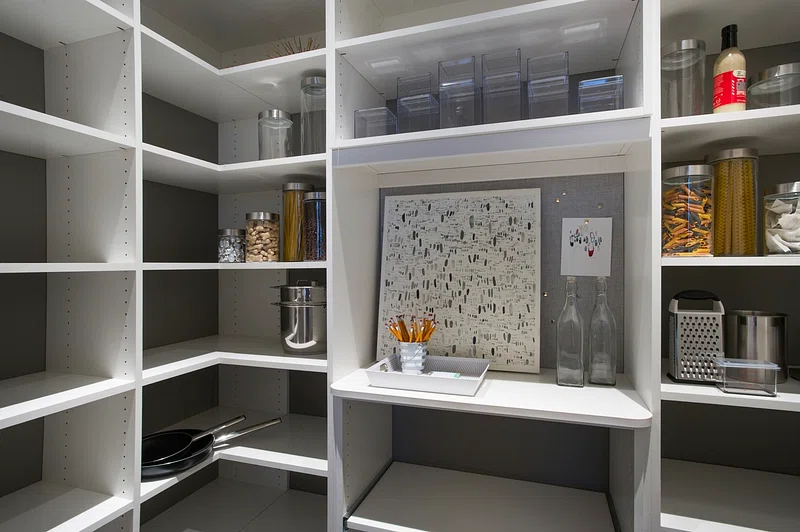
Root cellars were once a necessity for keeping food cool before refrigeration became widespread. Today, modern kitchens feature climate-controlled appliances, making cellars nearly obsolete. Shelving systems and smart pantry layouts now keep everything within arm’s reach. Plus, they require far less maintenance and no trips down cold, dark stairs.
For homeowners who still value bulk storage, basements or garage shelving offer a more accessible alternative. Some still install wine cellars or cold storage drawers in their kitchens. But the concept of an entire room underground for potatoes and canned goods feels more like a relic than a requirement. Innovation has simply made them unnecessary.
9. Cold Storage Rooms → Utility Closets
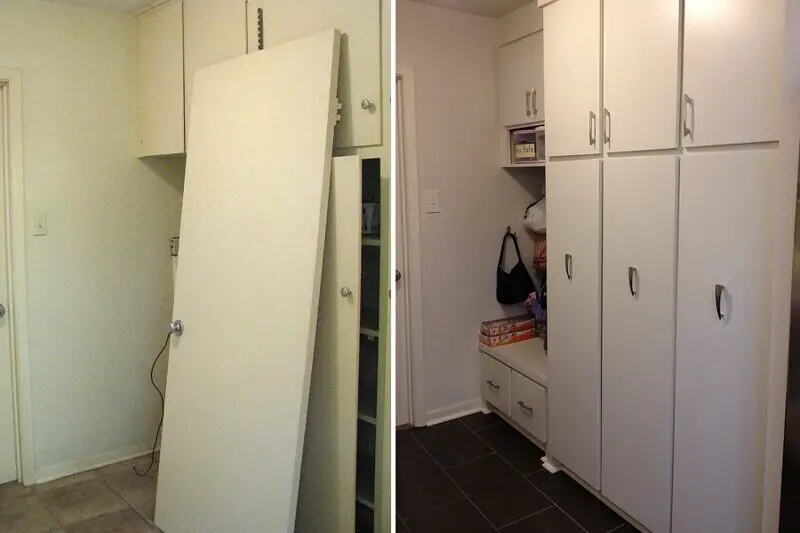
Cold storage rooms used to house everything from meat to pickled vegetables. Now, they’ve been replaced by sleek refrigerators and chest freezers in garages or basements. Instead of using a whole room, homeowners rely on energy-efficient appliances that are easier to maintain. They also offer better food safety and organization.
In new homes, that space is often redesigned into utility closets or mudrooms. These zones are better suited to modern needs—laundry, cleaning supplies, or outdoor gear. They also help keep clutter out of the main living areas. It’s another example of how functional storage has shifted from seasonal necessity to everyday convenience.
10. Telephone Room → Charging Station

A telephone room or niche was once a designated place for landline calls. Now, cell phones and tablets have made those rooms totally obsolete. Today, families install charging stations in kitchens or entryways to corral devices. Some even build in drawers with built-in power strips.
These compact hubs help keep gadgets powered up and out of the way. They also serve as digital drop zones, reducing clutter from cords and chargers. It’s a practical swap that acknowledges how central technology is to modern life. The telephone room may be gone, but its purpose lives on in a much smaller footprint.
11. Canning Room → Bonus Room or Flex Space
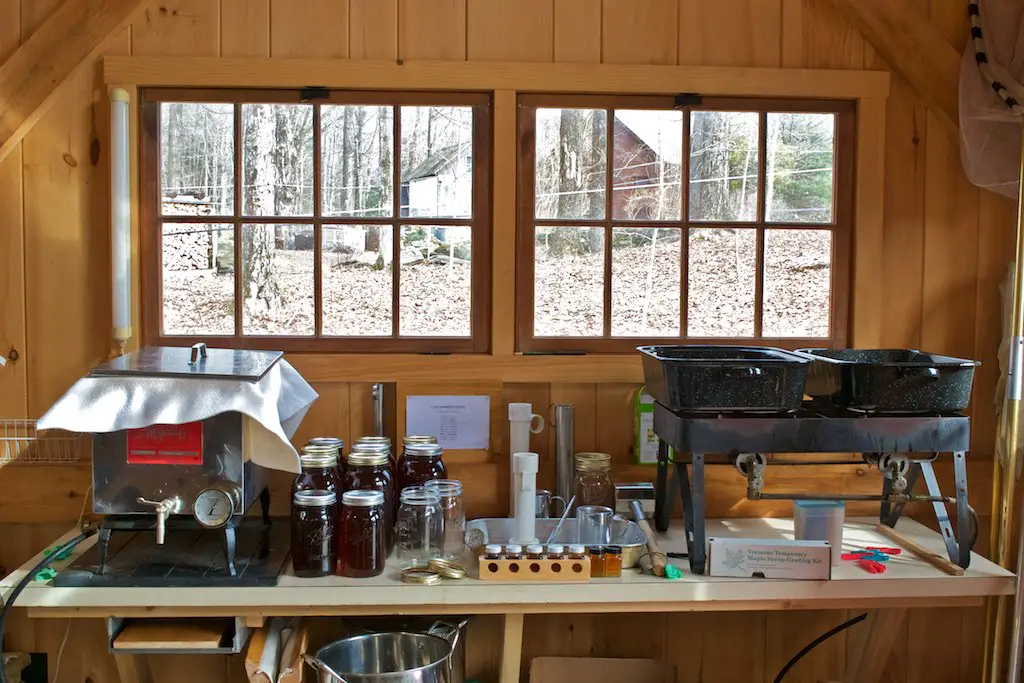
In homes where families preserved their own food, canning rooms were essential. But with grocery stores and freezers, the need has disappeared. That extra square footage now becomes a flexible bonus room—used for workouts, playrooms, or hobbies. It gives homeowners a space to adapt over time.
These rooms often don’t have a defined purpose when first built. Instead, they become whatever the household needs most. That flexibility is key in today’s housing market. A single-use canning room simply doesn’t offer the same value.
12. Servants’ Quarters → Guest Suites
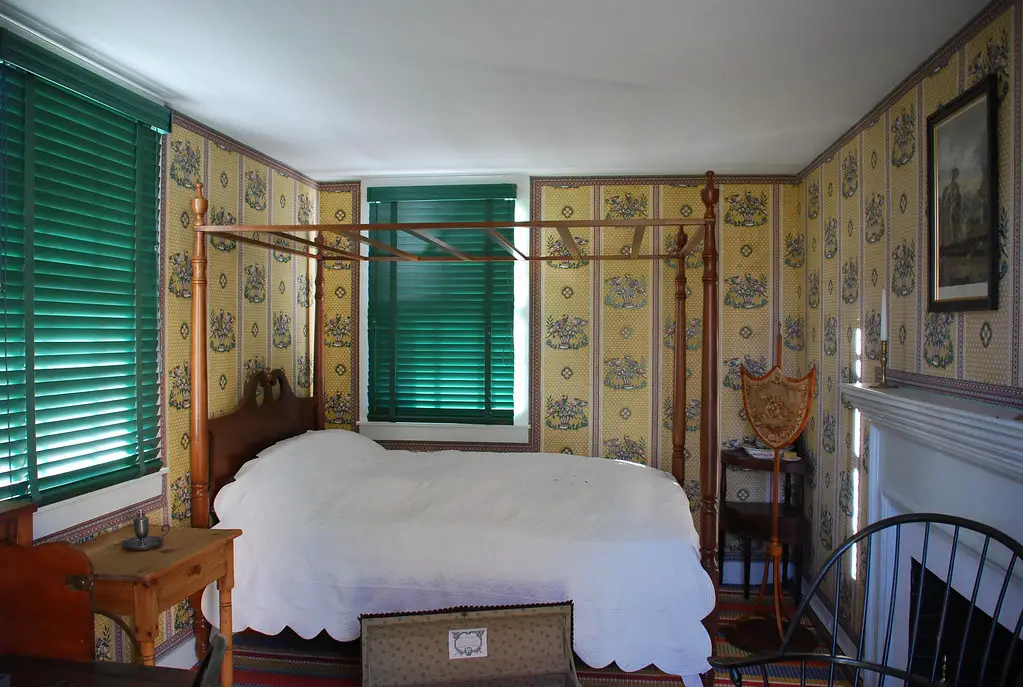
Large historic homes sometimes featured separate quarters for live-in help, tucked away from the main living spaces. Today, those rooms have been reimagined as guest suites, in-law apartments, or short-term rental units. They often include private bathrooms and entrances, offering privacy and flexibility. It’s a smart way to use space that would otherwise go to waste.
With multi-generational living on the rise, many families are turning those old-fashioned layouts into welcoming spots for aging parents or adult children. Others use them for passive income through Airbnb or long-term rentals. This change reflects how home design is becoming more adaptable and inclusive. It’s less about hierarchy and more about hospitality.
